Ancient Egypt continues to captivate the world with its remarkable achievements, and among its many wonders, the mummy of King Seti I stands out as an extraordinary testament to the art of mummification. Known for his illustrious reign during Egypt’s peak and as the father of the legendary Ramses II, King Seti I’s well-preserved mummy offers an unparalleled glimpse into the advanced techniques of ancient Egyptian embalming. Follow archeology.dulichvn.net to learn more about the art of mummification from ancient times.
Who Was King Seti I?
King Seti I ruled Egypt during the 19th Dynasty, a period marked by political stability, military expansion, and cultural flourishing. His contributions solidified his legacy as one of Egypt’s most significant pharaohs.
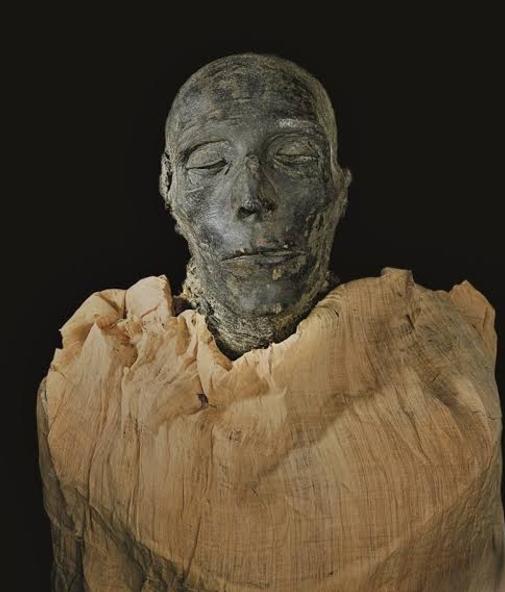
1. A Name Tied to Divinity
The name Seti means “belonging to the god Set,” highlighting his association with the powerful deity of strength and chaos. This divine connection emphasized his role as both a protector and a ruler of the land.
2. A Reign at Egypt’s Zenith
King Seti I ruled during a time when Egypt reached its zenith in power and influence. His leadership saw numerous military campaigns and the construction of grand monuments, such as the Temple of Abydos, dedicated to honoring the gods and recording Egypt’s illustrious past.
See more: Fire Rainbows: A Rare and Stunning Atmospheric Phenomenon
3. Father of Ramses II
King Seti I’s legacy is further magnified by his son, Ramses II, one of the most renowned pharaohs in history. Known as Ramses the Great, his reign carried forward the achievements of his father, cementing their dynasty’s place in history.
The Art of Mummification During King Seti I’s Era
Mummification was a cornerstone of ancient Egyptian belief in the afterlife, and during Seti I’s time, the process reached unparalleled sophistication.
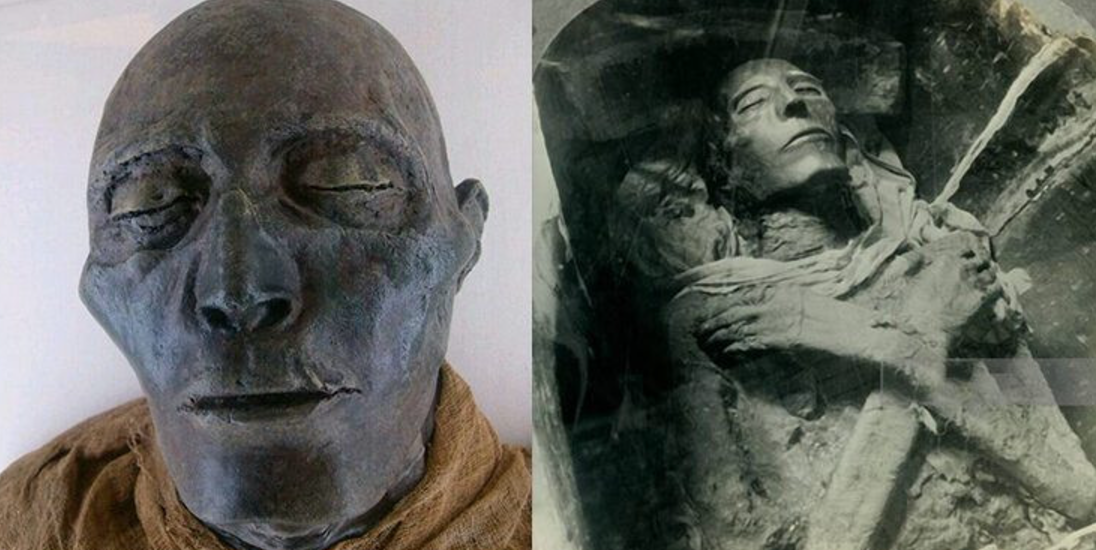
1. The Height of Perfection
The mummification techniques during King Seti I’s reign represented the pinnacle of this ancient art. His mummy is so well preserved that it continues to astonish scientists and historians thousands of years later.
2. The Mystery of Blackened Skin
One striking feature of Seti I’s mummy is its dark coloration, which some mistakenly believe to be a result of burning. However, this blackness is attributed to the interaction of embalming materials, particularly natron salt. Natron, a key component in the preservation process, contained substances that absorbed bodily fluids and prevented bacterial decay, causing the characteristic dark hue.
See more: Taşyaran Valley: A Natural Masterpiece in Usak, Turkey
3. Evolution of Mummification Techniques
By the 21st century, mummification had evolved further, incorporating skin-colored paints to enhance the lifelike appearance of mummies. Despite these advancements, the preservation of Seti I’s mummy remains unparalleled, showcasing the mastery of his era.
King Seti I’s Mummy: A Glimpse into the Past
The mummy of King Seti I is not just a relic but a window into the spiritual and scientific practices of ancient Egypt.
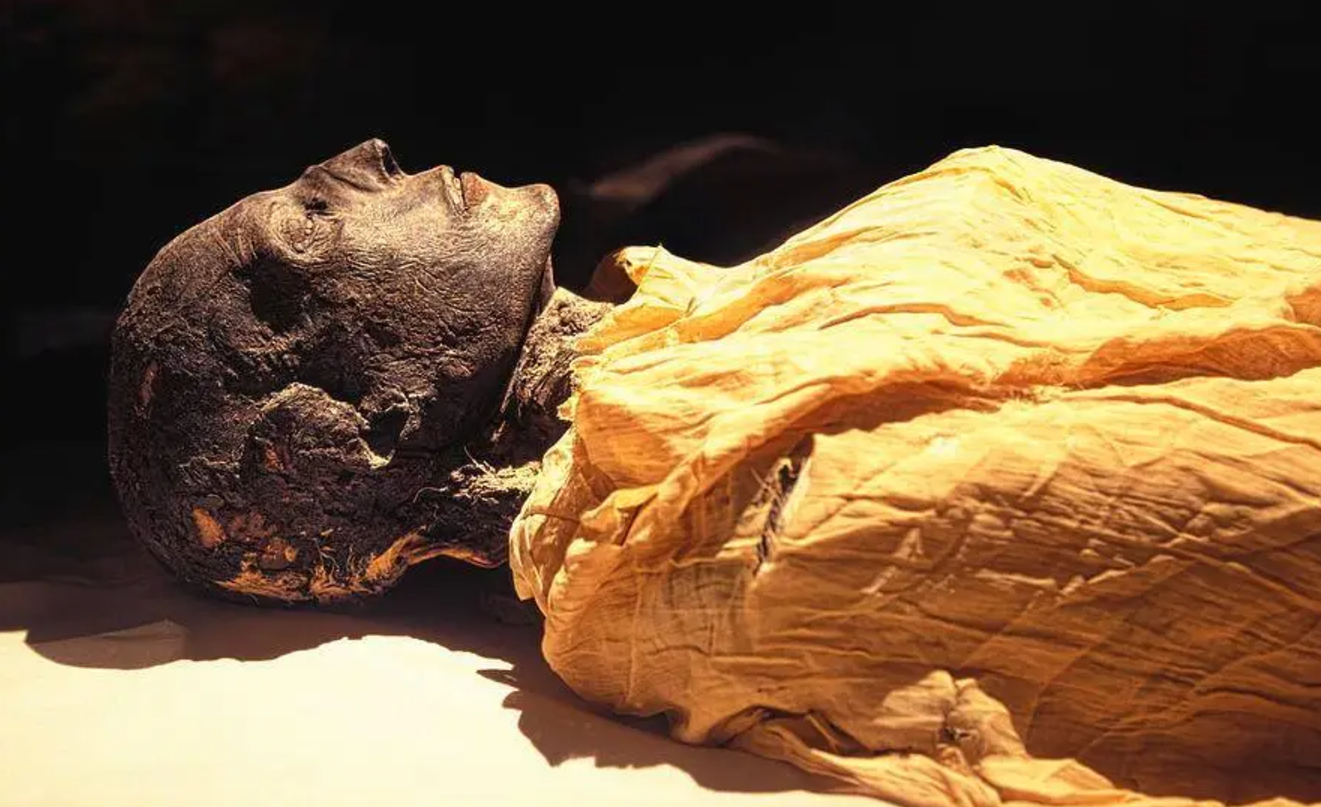
1. A Testament to Ancient Ingenuity
The preservation of Seti I’s mummy demonstrates the ancient Egyptians’ deep understanding of anatomy and chemistry. The meticulous embalming process ensured that the body would remain intact for millennia, reflecting their belief in an eternal afterlife.
2. The Best-Preserved Mummy in the World
Often hailed as the most well-preserved mummy in history, Seti I’s remains offer invaluable insights into the physical appearance and burial practices of the time. His facial features are remarkably intact, providing a tangible connection to the past.
3. An Inspiration for Modern Studies
The study of Seti’s mummy has greatly contributed to our understanding of ancient embalming techniques. It continues to inspire advancements in forensic science and historical research.
The Legacy of King Seti I
King Seti I’s legacy extends far beyond his reign, influencing not only his immediate successors but also the study of ancient Egypt in modern times.
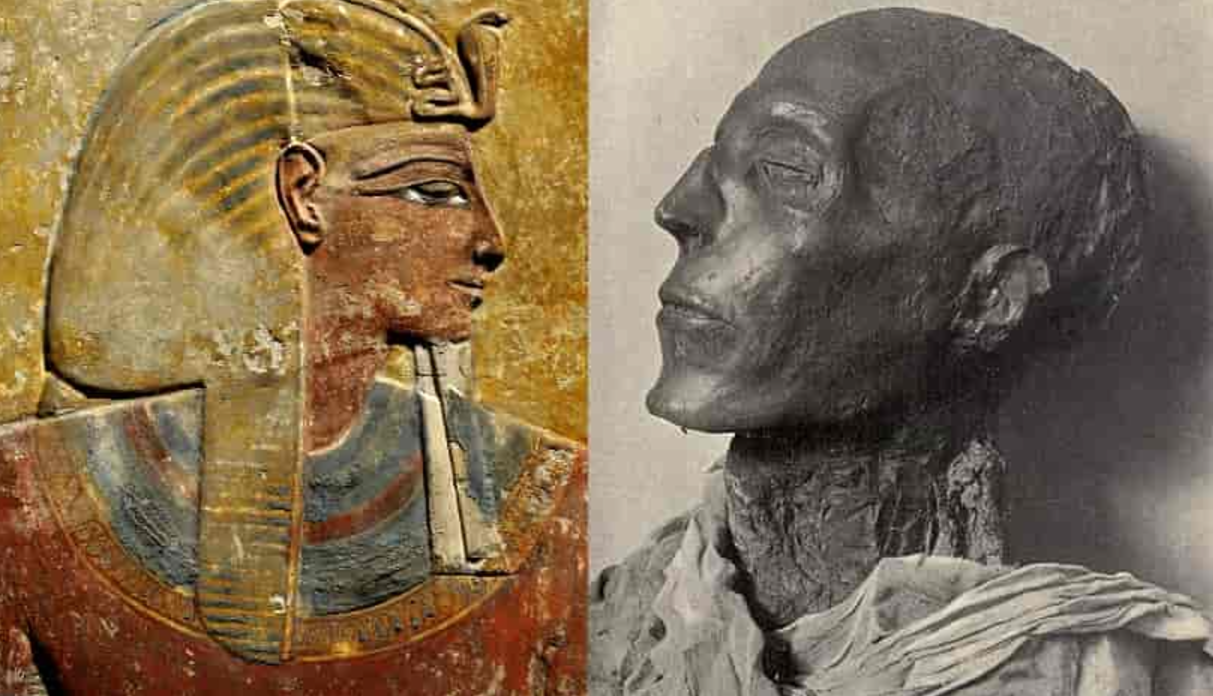
1. A Visionary Leader
Seti I’s reign marked a period of stability and growth for Egypt. His military conquests and monumental constructions laid the groundwork for his son Ramses II’s achievements.
2. Preserving the Afterlife
The exceptional preservation of his mummy reflects the Egyptians’ dedication to ensuring the continuity of life after death. It serves as a symbol of their deep spiritual beliefs and technological ingenuity.
3. A Timeless Wonder
King Seti I’s mummy remains a timeless wonder, bridging the gap between ancient and modern civilizations. It reminds us of the enduring legacy of one of history’s greatest empires.
Conclusion
The mummy of King Seti I is more than just an artifact; it is a masterpiece of ancient craftsmanship and a testament to the grandeur of Egypt’s 19th Dynasty. From his contributions as a ruler to the unparalleled preservation of his remains, King Seti I continues to captivate and inspire generations.
Through his well-preserved mummy, we glimpse the artistry, beliefs, and scientific advancements of ancient Egypt, ensuring that King Seti I’s legacy will endure for millennia to come.

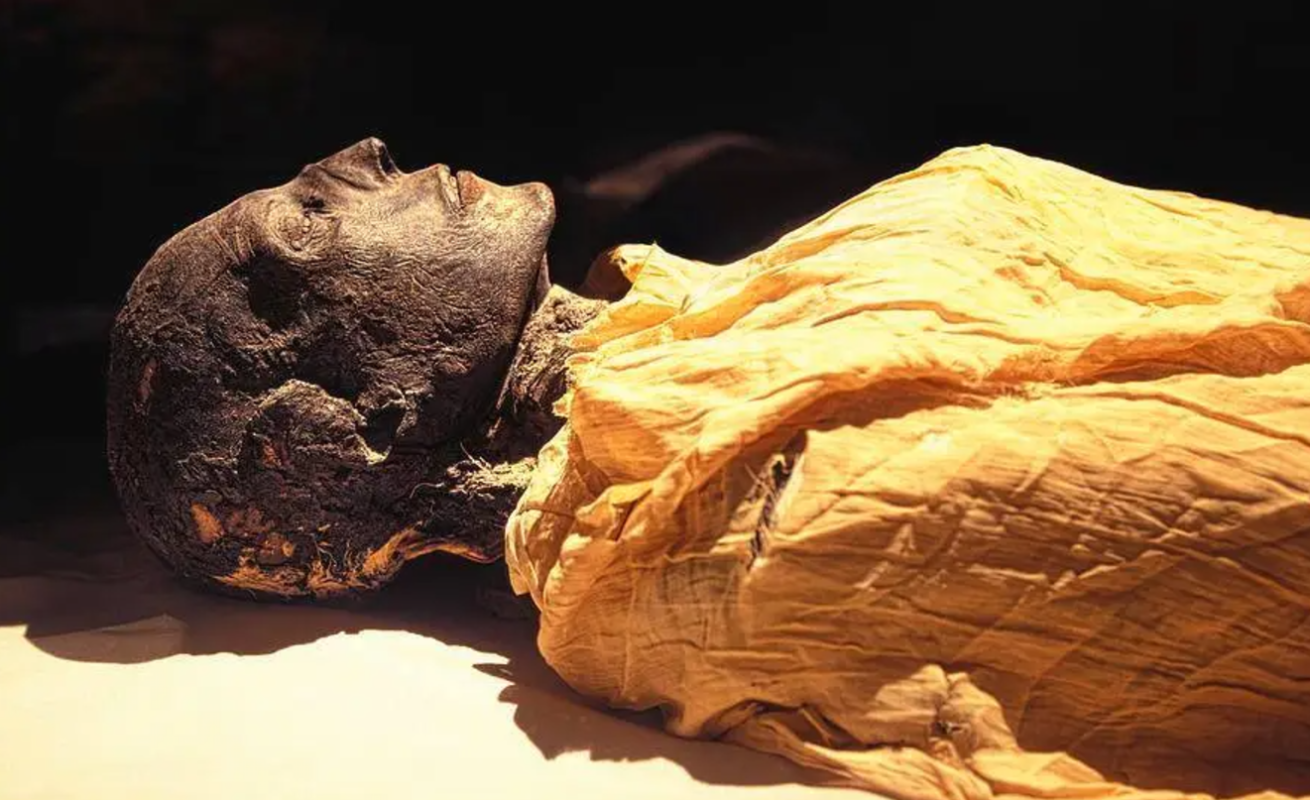
CÁC TIN KHÁC
Mark Twain & Olivia Langdon: A 36-Year Love Story Filled with Laughter and Devotion
The Tollund Man: A 2,400-Year-Old Mystery Preserved in a Danish Bog
Skara Brae: Scotland’s Hidden Neolithic Village
Porta Nigra: The Hidden Depths of Trier’s Iconic Roman Gate